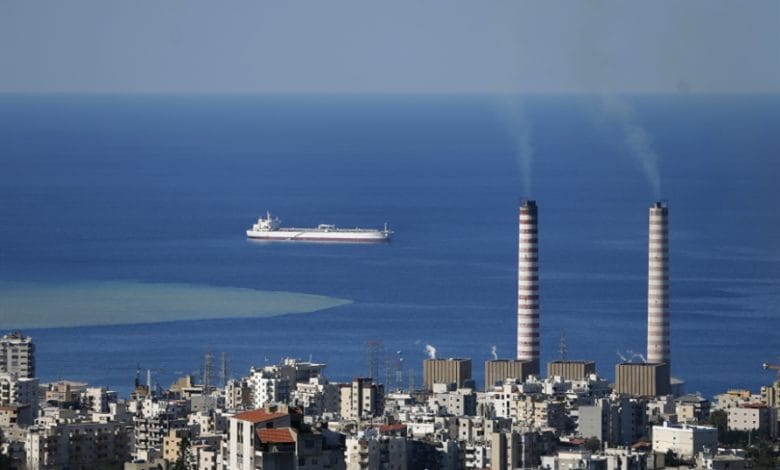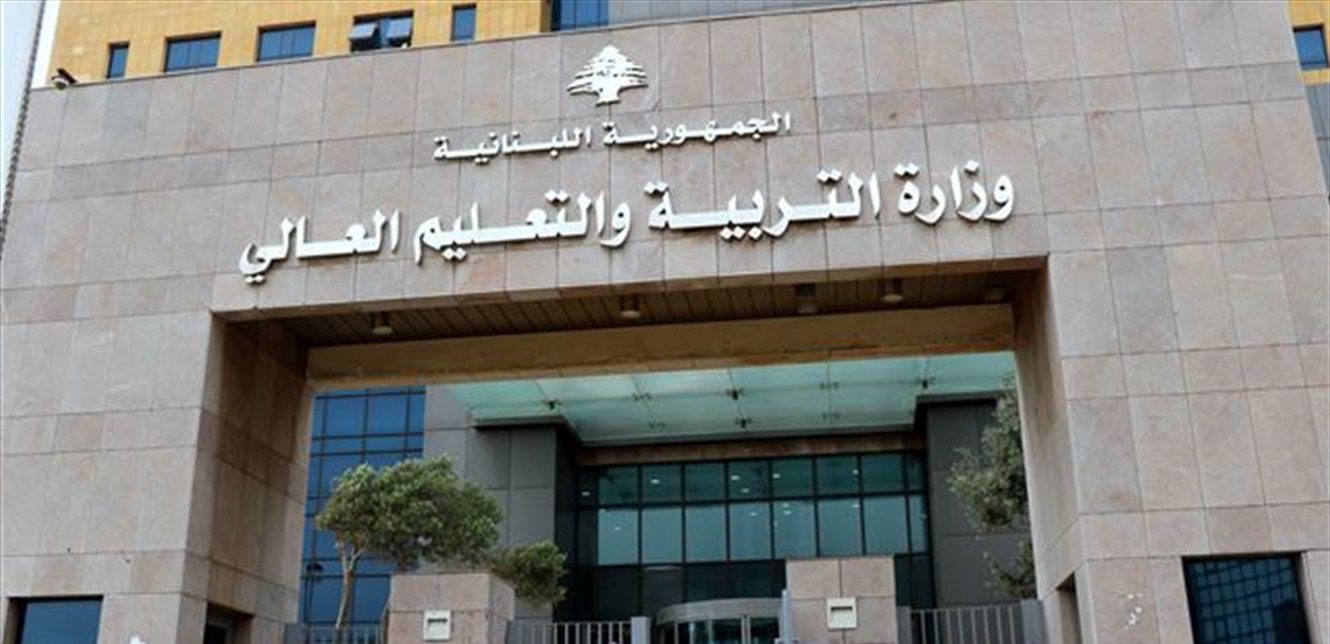221 مليون دولار أضرار الكهرباء
أدّت الاعتداءات الصهيونية إلى خروج مناطق واسعة من لبنان عن التغطية بالطاقة المنتجة عبر مؤسسة الكهرباء، لا سيّما في البقاع والجنوب والضاحية. ولو انتهت الحرب اليوم، لن يعود التيار الرسمي، أو «كهرباء الدولة»، إلى خطوطها في هذه المناطق قبل فترة طويلة، إذ تحتاج الشبكة إلى إعادة تأهيل في عدد غير قليل من النقاط. وهذا ما تشير إليه بوضوح التقارير الصادرة عن مؤسسة الكهرباء، ووزارة الطاقة.
رغم أنّ الحرب الحالية لا تشبه سابقتها في عام 2006، لجهة الاعتداء المباشر على محطات إنتاج وتحويل الكهرباء. إلا أنّه بنتيجة الاعتداءات الصهيونية المستمرة، وقعت الأضرار المباشرة على 15 محطة تحويل رئيسية من أصل 65، أي 23% من المحطات، وخرج منها 6 من الخدمة تماماً، مثل محطات صور والطيبة والنبطية والضاحية. وبلغت كلفة الأضرار المباشرة وغير المباشرة حتى نهاية شهر تشرين الأول الماضي إلى 221 مليون دولار، وفقاً لمؤسسة كهرباء لبنان. وهذا الرقم مرشح للارتفاع مع تمادي الاعتداءات، وتضرر خطوط ومحطات كهرباء إضافية.
وفي جردة لمؤسسة الكهرباء على الأعطال، عدّدت 12 عطلاً رئيسياً. شملت خطوط النقل الأساسية ومحطات التحويل، وأدّت إلى دخول مناطق واسعة في «العتمة الشاملة». مثلاً، خرجت محطة تحويل الكهرباء في الضاحية الجنوبية من الخدمة على إثر تعطل كابلات توتر عالٍ رئيسية، بقدرة 220 كيلو فولت، بينها وبين محطة عرمون، ما جعل من مناطق واسعة من الضاحية من دون أي مصدر طاقة، مع توقف المولدات في الأحياء أيضاً عن العمل تماماً. وتكرّر الأمر نفسه في صور حيث خرجت محطة التحويل عن العمل بنتيجة تضرّر خطّ النقل الرئيسي بينها وبين محطة الزهراني، ما أدى أيضاً إلى خروج محطتي وادي جيلو وتبنين والنبطية عن الخدمة. كما أدّت الغارة العدوانية على بلدة المعيصرة الكسروانية إلى قطع خطوط الربط بين محطة الإنتاج في دير عمار، وبين منطقة جبل لبنان، ما جعل من محافظة بحجم جبل لبنان مربوطة بخط وحيد مع دير عمار.
وفي تفصيل التكاليف المباشرة للحرب على منشآت الكهرباء، طلبت وزارة الطاقة في مؤتمر باريس لمساعدة لبنان مبلغ 95 مليون دولار لإصلاح الأضرار المباشرة على البنية التحتية المتعلقة بالكهرباء. إذ بلغت كلفة الأعطال على خطوط التحويل الرئيسية، وأعمدة التوتر العالي نحو 10 ملايين دولار، بحسب مؤسسة الكهرباء. وأدّت الاعتداءات إلى أضرار إضافية على قطع الغيار في الشبكة الهوائية والمطمورة قدّرتها المؤسسة بنحو 25 مليون دولار، ووصل عددها إلى 32 عطلاً. فضلاً عن 24 مليوناً لإصلاح الأضرار على محطات التحويل الرئيسية الـ15 المتضررة.
لكن لا تقتصر آثار الحرب على التدمير المباشر لمنشآت الطاقة، بل تشمل «أضراراً غير مباشرة» من أبرزها الجباية المتوقفة تماماً في المناطق التي تتعرّض للاعتداءات. وبحسب الورقة المقدمة لمؤتمر باريس من قبل وزارة الطاقة، والتي استقتها بدورها من شركات مقدمي الخدمات، تبلغ الخسارات المتوقعة من توقف عملية الجباية 134 مليون دولار. تقع بشكل رئيسي على الشركات العاملة في المناطق التي تتعرض للقصف مثل «مراد» التي قدرت أنها ستخسر 89 مليون دولار من عائدات الجباية، و«NEUC» التي توقعت بدورها خسارة 36.3 مليون دولار.
وقعت الأضرار المباشرة على 15 محطة تحويل رئيسية من أصل 65 أي 23% من المحطات
وينقل وزير الطاقة والمياه وليد فياض تخوّف مؤسسة كهرباء لبنان من تحوّل هذه الخسارات من مؤقتة إلى دائمة، لا سيّما مع تعذر جباية هذه الفواتير من المكلفين الذين دمرت بيوتهم تماماً جرّاء الاعتداءات الصهيونية. متوقعاً صدور إعفاءات في وقت لاحق عن هذه المستحقات، بعد وقف إطلاق النار وانطلاق عملية إعادة الإعمار.
إلا أنّ مصاريف الطاقة الإضافية لا تتوقف عند هذا الحد، إذ «خلقت الحرب مصاريف جديدة»، يقول فياض. فهناك أكلاف لم تكن ملحوظة قبلها، منها «تكلفة تشغيل الكهرباء وتأمين التدفئة وإيصال المياه لمراكز الإيواء». كما يشير فياض إلى أنّ «حركة النزوح أدّت إلى تغيّر على مستوى العرض والطلب على الطاقة في المناطق التي تؤوي النازحين، ووصلت الزيادة إلى 40%، ما حتّم على المؤسسة والوزارة الاستثمار في البنى التحتية، وضخ الأموال في المؤسسات العامة».
المصدر: فؤاد بزي – الأخبار
221 Million Dollars in Electrical Infrastructure Damage from Israeli Attacks on Lebanon
The ongoing Israeli attacks have caused extensive damage to Lebanon’s electricity infrastructure, particularly in the Bekaa, South, and Southern Suburbs (Dahiyeh). Even if the war were to end today, it would take a significant amount of time before the national electricity grid, or “State Electricity,” is restored in these areas, as the network requires extensive rehabilitation at multiple points. This is clearly indicated in reports from Electricité du Liban (EDL) and the Ministry of Energy.
Although the current war differs from the 2006 conflict in terms of direct attacks on electricity production and transformation stations, the continuous Israeli aggression has led to direct damage to 15 out of 65 major transformation stations, or 23% of them. Six of these stations have completely shut down, including those in Tyre, Taybeh, Nabatieh, and the Southern Suburbs. According to Electricité du Liban, the total cost of direct and indirect damages by the end of October amounted to 221 million dollars. This number is expected to rise as further attacks continue to damage additional electrical lines and stations.
Main Damages and Power Outages Across Lebanon
Electricité du Liban's damage assessment identified 12 major faults, including primary transmission lines and transformation stations. This has resulted in widespread “total darkness” in several regions. For example, the transformation station in the Southern Suburbs was shut down due to the failure of key high-voltage cables, specifically a 220 kV line connecting it to the Aramoun station. This led to the complete loss of power in vast areas of the Southern Suburbs, with local generators also stopping. Similarly, the Tyre transformation station went offline due to damage to the main transmission line connecting it to the Zahrani station, resulting in the shutdown of the Wadi Jilo, Tebnine, and Nabatieh stations. An Israeli airstrike on the town of Maissara in Keserwan also severed the linking lines between the Deir Ammar power station and Mount Lebanon, leaving the entire governorate of Mount Lebanon reliant on a single connection to Deir Ammar.
The Financial Impact of the War on Lebanon's Electricity Sector
In terms of direct costs, the Ministry of Energy requested $95 million in aid during the Paris conference for the reconstruction of electricity infrastructure. The cost of damages to primary transmission lines and high-voltage poles was estimated at $10 million, according to Electricité du Liban. The attacks also caused additional damage to spare parts in both overhead and underground networks, which the company estimates at around $25 million, with 32 major faults. Additionally, $24 million was requested to repair the damages to the 15 affected transformation stations.
However, the consequences of the war are not limited to the direct destruction of energy facilities. There are also “indirect damages,” the most prominent of which is the complete suspension of bill collection in areas affected by the attacks. According to a report presented by the Ministry of Energy at the Paris conference, the expected losses from the halt in billing could reach $134 million. These losses mainly affect companies operating in the bombarded regions, such as “Murad,” which projected a loss of $89 million in revenue, and “NEUC,” which anticipated a loss of $36.3 million.
Energy Losses Becoming Potentially Permanent
Minister of Energy and Water Walid Fayyad expressed concern over the possibility of these losses becoming permanent, especially as many residents have lost their homes entirely due to the attacks. He anticipates that exemptions on unpaid bills will be issued once a ceasefire is in place and reconstruction efforts begin.
New Costs and Energy Demands
Fayyad also mentioned that the war has led to new costs. There are additional expenses that were not anticipated before, such as the costs of operating electricity, providing heating, and supplying water to shelters. He noted that the influx of displaced people has significantly altered the supply-demand balance in areas hosting refugees, with an increase of up to 40% in energy consumption. This has forced Electricité du Liban and the Ministry to invest in infrastructure and allocate additional funds to public institutions.
Translated by economyscopes team
 سكوبات عالمية إقتصادية – EconomyScopes إجعل موقعنا خيارك ومصدرك الأنسب للأخبار الإقتصادية المحلية والعربية والعالمية على أنواعها بالإضافة الى نشر مجموعة لا بأس بها من فرص العمل في لبنان والشرق الأوسط والعالم
سكوبات عالمية إقتصادية – EconomyScopes إجعل موقعنا خيارك ومصدرك الأنسب للأخبار الإقتصادية المحلية والعربية والعالمية على أنواعها بالإضافة الى نشر مجموعة لا بأس بها من فرص العمل في لبنان والشرق الأوسط والعالم




